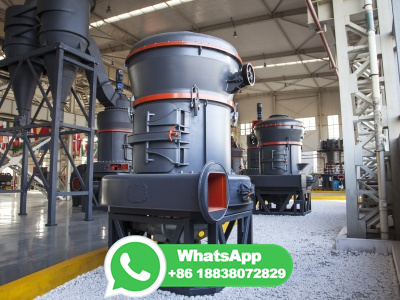How Gasifiion Works | HowStuffWorks
WEBMar 12, 2024 · Eventually, natural gas and electricity generated from coalburning power plants replaced town gas as the preferred source of heat and light. Today, with a global climate crisis looming on the horizon and powerhungry nations on the hunt for alternative energy sources, gasifiion is making a comeback.



























